For high-performance operations where strength and corrosion protection matter, 301 stainless is a very important substance. Knowing its advantages and characteristics can help you make right decisions, decrease prices and improve product performance.
In this blogpost, we will focus on main characteristics, uses and advantages of 301 steel and also its great formability and cost effectiveness.
What is 301 Stainless?
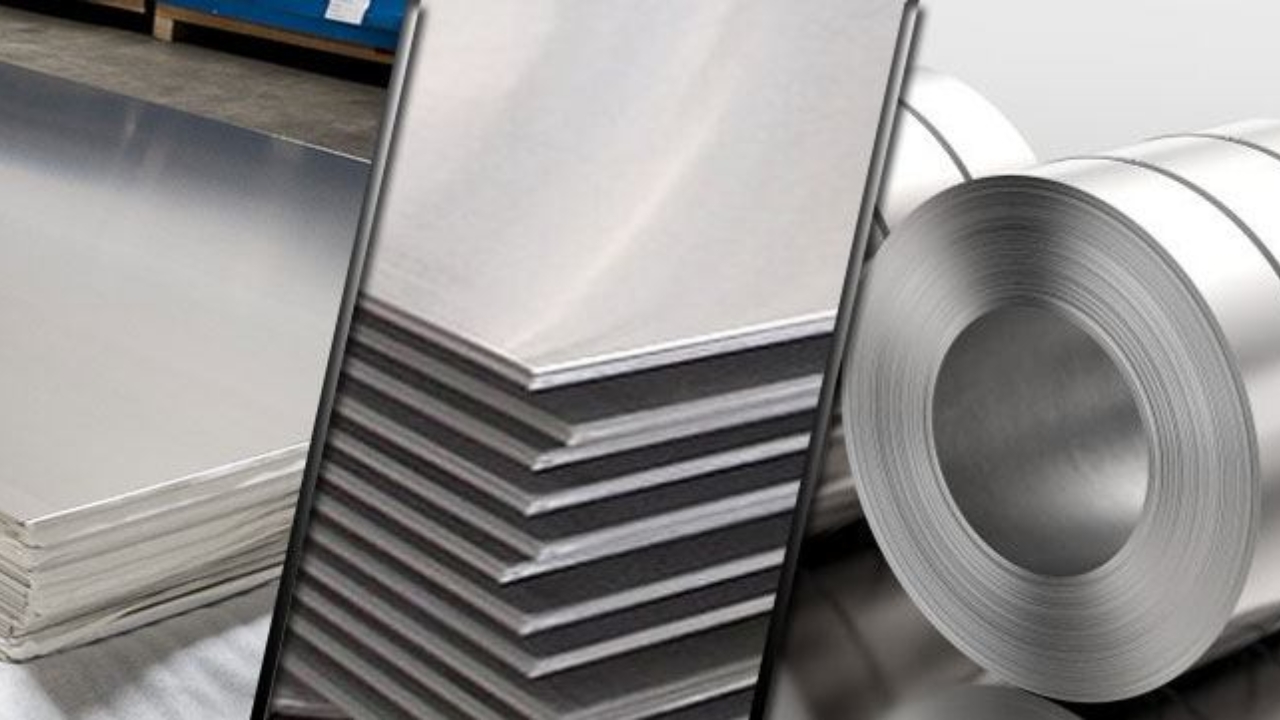
Out of all 300 series steels, 301 is known for its extraordinary work hardening abilities. This chromium and nickel alloy gives a distinct balance of ductility and protection to corrosion and strength. Generally having 6 to 8% nickel and 16 to 18% chromium, 301 SS displays distinctive characteristics. In its annealed state, it stays non magnetic but cold working can create magnetic traits.
Chemical Composition and Structure
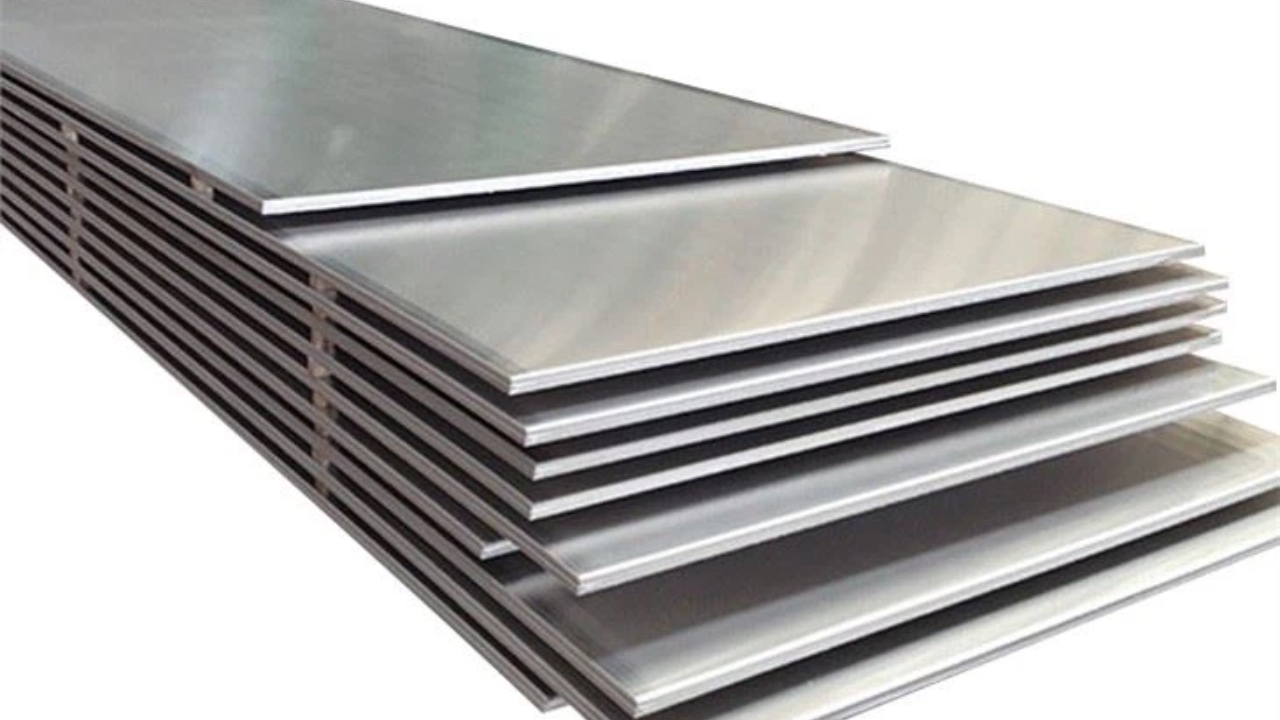
The performance of 301 SS is based on its chemical structure. Its austenitic structure directly decides its behavior and characteristics. To fully understand this steel, we need to examine its structural details and elemental breakdown.
| Element | Percentage (%) |
|---|---|
| Chromium | 16.00 to 18.00 |
| Nickel | 6.00 to 8.00 |
| Carbon | 0.15 maximum |
| Manganese | 2.00 maximum |
| Silicon | 1.00 max |
| Phosphorus | 0.045 maximum |
| Sulfur | 0.030 maximum |
| Nitrogen | 0.10 maximum |
| Iron | Balance |
Face centered cubic (FCC) austenitic structure of 301 steel contributes to its great work hardening abilities and ductility.
Physical and Mechanical Properties
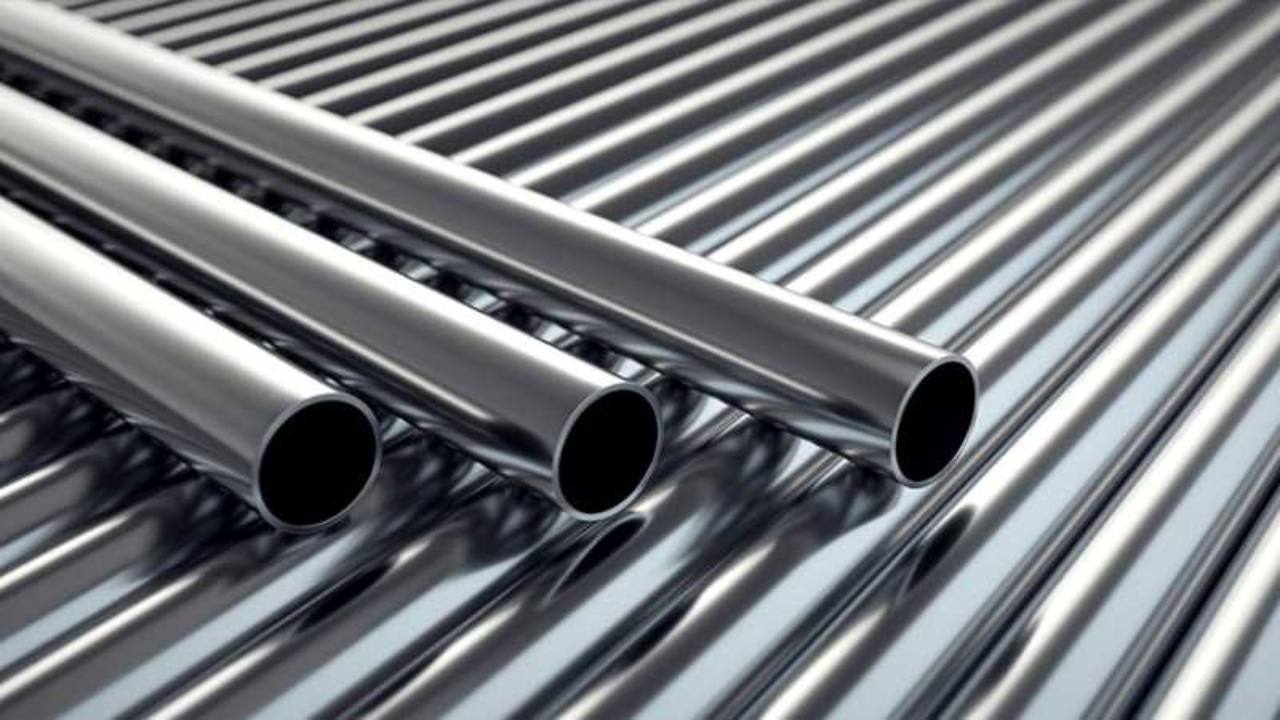
The extraordinary characteristics of 301 SS set it apart for different uses. Let’s discuss its main characteristics:
Corrosion Resistance
Thanks to its chromium content, 301 stainless forms a protective oxide layer that increases its durability. This makes it particularly good for light industrial settings and urban areas such as production units and chemical plants.
Heat Resistance
301 stainless shows impressive heat resistance by withstanding temperatures up to 1600°F without much scaling.
Hardness and Strength
When fully hardened, 301 SS reaches extraordinary strength and hardness. It can acquire pulling strengths up to 185 ksi and a Rockwell hardness of B85 which makes it suitable for demanding uses.
Magnetic Characteristics
When annealed, 301 steel shows non magnetic features. But cold working produces some magnetism in this substance. At 200H it reaches 1.02 maximum magnetic permeability.
Main Advantages of 301 Stainless Steel
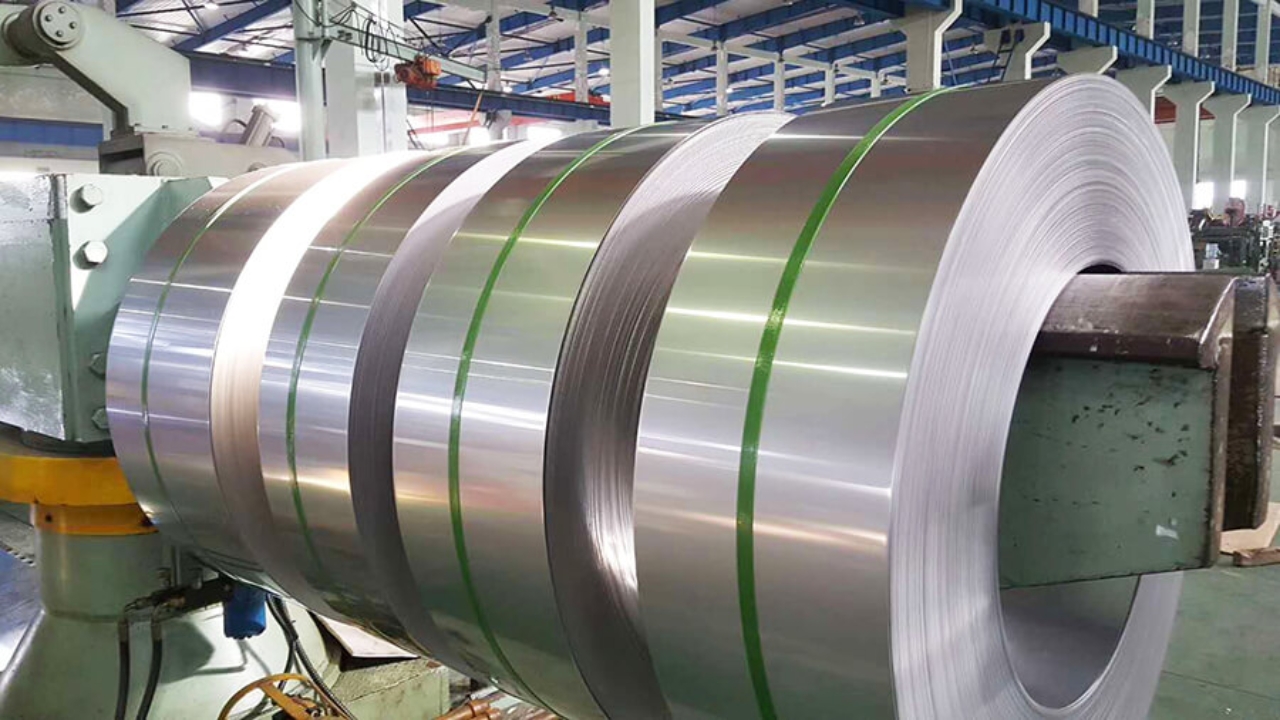
301 provides many benefits that make it a popular option for different sectors. Let’s take a closer look at its main benefits:
Cost Effectiveness
301 SS gives an extraordinary cost and is priced at $2.00 to $4.00 per kilogram for thicknesses of 0.3mm to 3mm.
Work Hardening
This steel displays better work hardening abilities. Through cold working, its strength can dramatically increase up to 1276 MPa.
High Formability
Annealed 301 SS shows outstanding formability and reaches elongation values of as much as 60%. This characteristic helps manufacturer to easily do deep drawing operations and intricate shaping.
Sustainability and Recyclability
301 steel is 100% recyclable without any quality loss and this benefits the circular economy. Its durability also often gives decades of service life and decreases replacement requirements.
Applications

301 SS is used in different industries because of its distinctive features. Here we will see its uses in different fields:
Automotive Industry
Suspension parts, trim pieces and exhaust systems in vehicles mostly use 301 steel. Automotive engineers favor this substance for its outstanding corrosion protection and strength to weight ratio.
Aerospace
In aerospace, 301 SS has a very important role. Manufacturers use it for structural parts, landing gear and fasteners where its properties are indispensable.
Food Processing Tool
The food industry uses 301 owing to its resistance against corrosion and easy to clean surface. Mixing tanks, conveyor belts and cutting tools mainly use this substance.
Construction and Rail
For infrastructure, 301 SS is necessary. It is used for railway carriages, structural parts and station cladding. Its extraordinary strength and corrosion protection make it a top selection for long lasting infrastructure projects.
Fasteners and Springs
301 shines in fasteners and springs because of its work hardening ability and high pulling strength (≤ 1275 MPa). So it’s broadly used in constant hose clamps, aerospace fasteners and force springs.
Processing and Fabrication
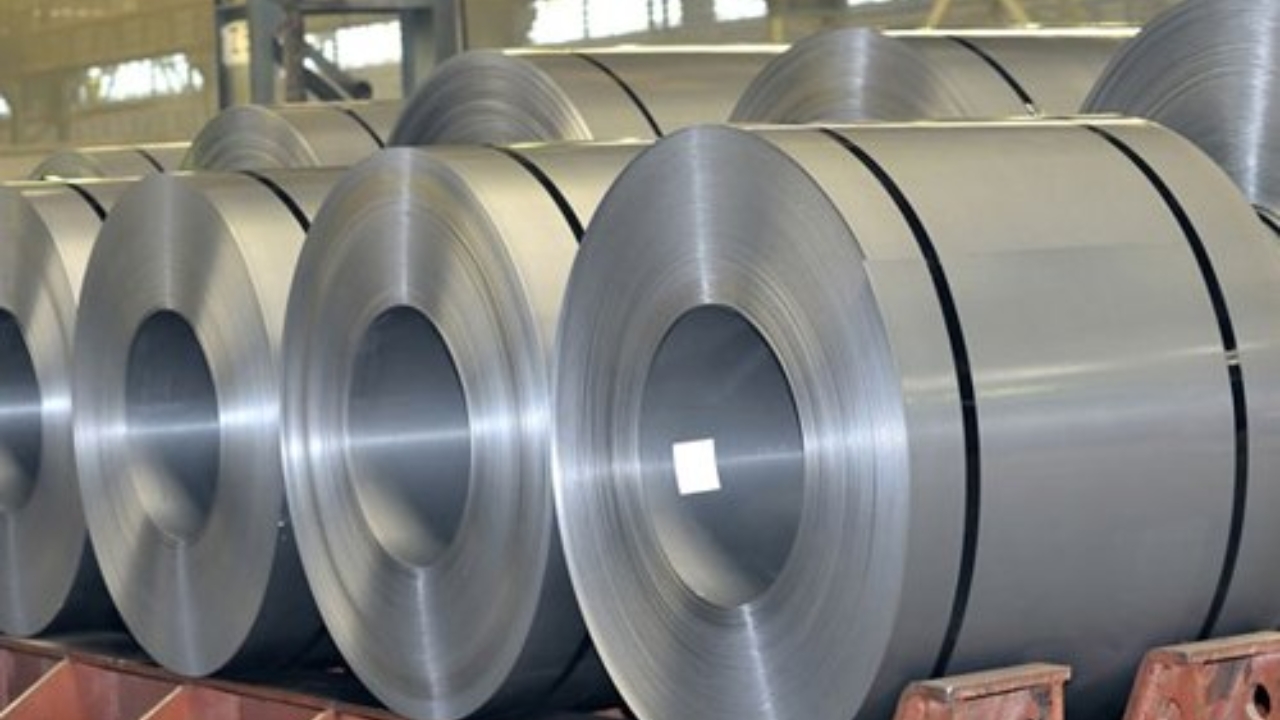
The processing and fabrication of 301 steel involve several methods that increase its characteristics.
Cold Working
Cold working is a very important method for 301 SS. This process deforms the metal below its recrystallization temperature through rolling, drawing and stamping. It greatly increases the hardness and strength of the metal. This process can also increase tensile strength from 758 MPa to 1276 MPa and improve the mechanical properties of the substance for demanding uses.
Welding
You can use popular methods such as TIG and MIG to weld 301 SS. But the material’s greater work hardening rate needs careful regulation of heat input. For best results, welders mostly add fillers like 308L or 309L. After welding, annealing between 1038°C and 1121°C is necessary to get back mechanical characteristics and corrosion resistance.
Welding can decrease the strength of cold worked 301 steel, so the right placement of strategic joints in high stress areas is very important.
Machining and Forming
Machining 301 needs carbide tools with a semi hard substrate and thin CVD coating. Turning usually employs cutting speeds of 195 to 260 m/min while milling runs between 120 to 165 m/min. Forming uses cold working methods such as drawing, stamping and bending. The high work hardening rate means extensive forming uses will needs intermediate annealing to avoid cracking and preserve ductility.
Limitations and Considerations
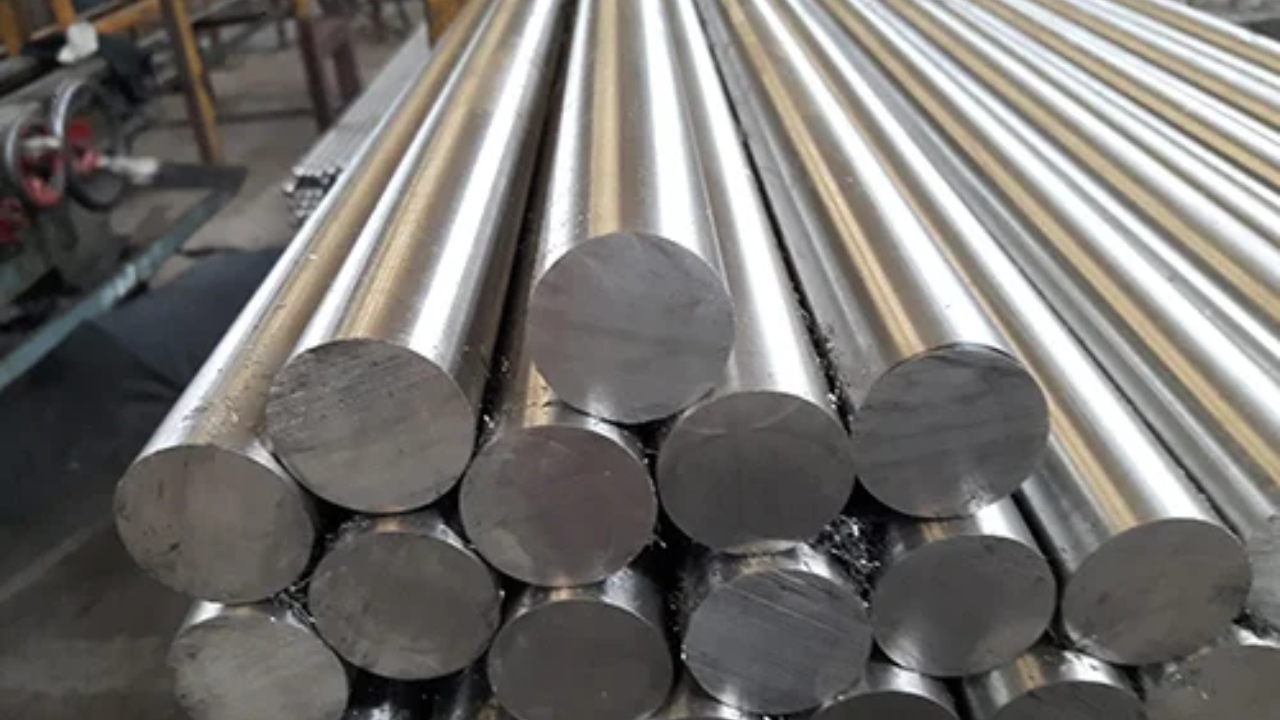
Although 301 stainless has many advantages, it has some particular limitations too.
Corrosion in Harsh Environments: Corrosion protection of stainless steel decreases in highly acidic or chlorinated environments. It’s pitting resistance equivalent number (PREN) of 18 means that it’s prone to corrosion in severe circumstances.
Heat Sensitivity: At over 850°C, 301 SS gets weaker. Extended high temperature exposure can cause carbide precipitation and potentially decrease corrosion resistance.
Magnetic Properties: Cold working makes 301 magnetic and limits its use where non magnetic features are required.
Final Thoughts
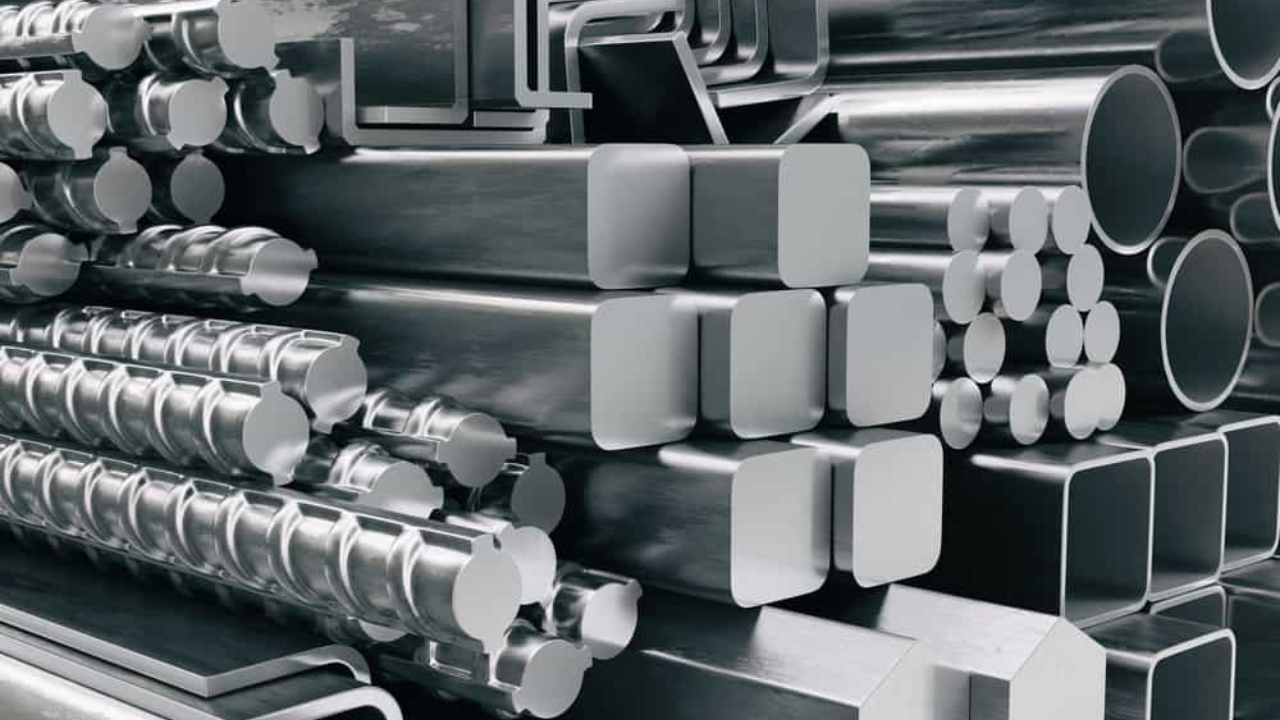
In short, 301 SS is extraordinary among production substances because it blends strength, formability and corrosion resistance so well. This versatile material is used in many areas because of its affordability and work hardening abilities.
If you are looking to get fabrication services related to any type of stainless steel then KDM is your best option? You can contact us at any time for customized services that are according to your particular requirements.
FAQs
How does 301 stainless steel compare to 304 and 316 stainless steel in terms of protection to corrosion?
ANS: 301 usually has lower resistance to corrosion as compared to 304 and 316 steel. It gives adequate corrosion protection in mild circumstances such as freshwater and indoor areas but 304 and particularly 316 offer better protection against corrosion. The latter two really outshine in harsher situations such as chemical or marine environments.
What is the difference between full hard, half hard and annealed conditions in 301 stainless steel?
ANS: The terms full hard, half hard and annealed conditions describe different levels of cold working done on 301 SS. This gives distinct mechanical features to this substance. Annealed 301 steel has highest ductility but lowest strength. Half hard 301 strikes a balance between ductility and strength after some cold working. Full hard 301 gets extensive cold working, so it has max strength but lowest ductility.




